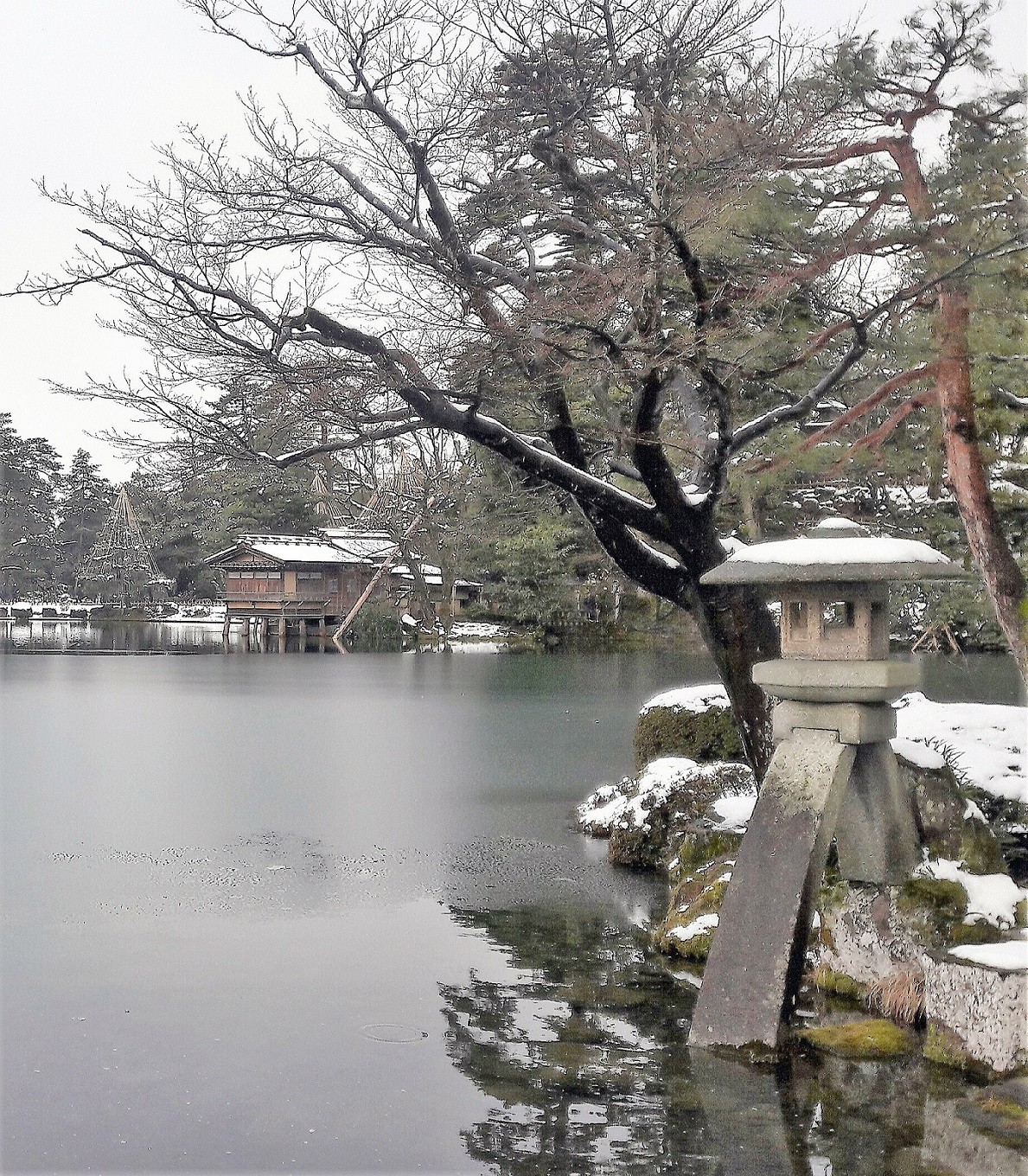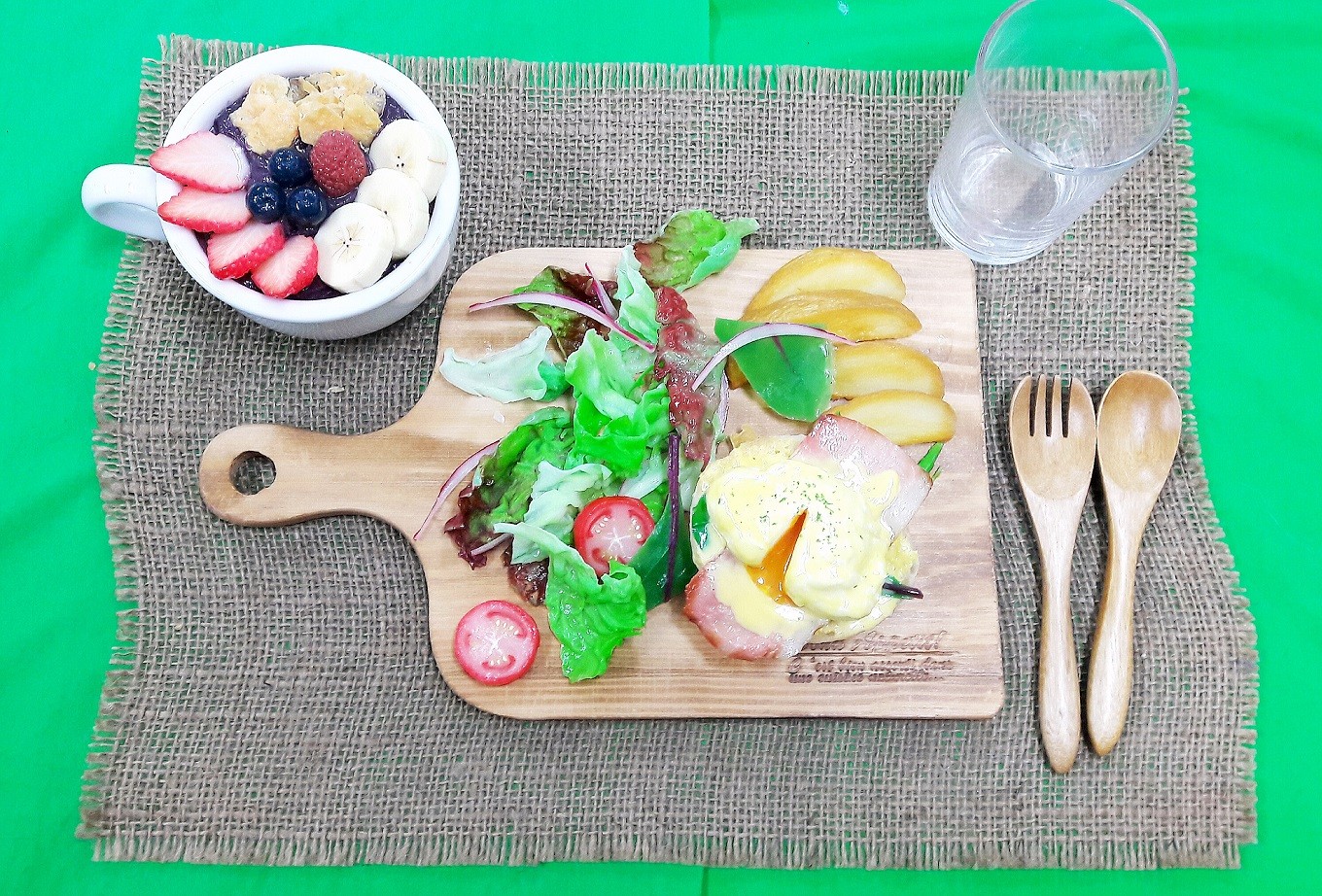Popular Reads
Top Results
Can't find what you're looking for?
View all search resultsPopular Reads
Top Results
Can't find what you're looking for?
View all search resultsExploring Japan's rising dragon
Japan is renowned for its cherry blossoms in spring but the winter snow turns out to be a spectacular sight in its own right.
Change text size
Gift Premium Articles
to Anyone
C
ool air greeted us as we were getting out of Chubu Centrair International Airport located south of Nagoya, Aichi prefecture, upon our arrival in central Japan. We, a group of Indonesian journalists and bloggers, were in Japan by invitation from Cathay Pacific and the Japan National Tourism Organization to explore several cities in the Shoryudo area.
The region is nicknamed the “rising dragon” based on the shape of the Chubu and Hokuriku regions at the heart of Japan, with the Noto Peninsula forming its head and Mie Prefecture its tail, and its rising body covering every part of its nine prefectures.
“Tomorrow, get ready to layer up because the place we’re going to is very cold,” warned our tour guide, Akiko “Ako” Konishi. “The weather forecast even said it will be snowing tomorrow.”
This was not my first trip to Japan but I believe there’s always something new waiting to be discovered and snow would certainly not stop me.
Kenrokuen
 Kenrokuen Garden(JP/Stevie Emilia)
Kenrokuen Garden(JP/Stevie Emilia)
Kenrokuen is a perfect place to visit if you like to stroll around in a beautiful Japanese garden. Located on a hill in the central part of Kanazawa city, it is regarded as one of Japans three most beautiful gardens alongside Kairaku-en in Mito and Koraku-en in Okayama.
“Out of the three, my favorite garden is Kenrokuen, it’s beautiful at all seasons but the sight in winter is at its most extraordinary,” said Ako.
Originally the outer garden of the Kanazawa Castle, the 11.4-hectare Kenrokuen garden was opened to the public in 1874. It is home to about 160 plant species and 8,200 trees.
There are many beautiful spots inside the garden but it is renowned for its majestic Karasakinomatsu pine trees. In winter time, gardeners set up yukizuri snow support to prevent the pine trees’ branches from breaking under heavy snow, creating a surreal geometrical sight from a distance.
Higashi Chaya
 Step into the past: Tourists stroll in the Higashi Chaya old town area in Kanazawa, Japan.(JP/Stevie Emilia)
Step into the past: Tourists stroll in the Higashi Chaya old town area in Kanazawa, Japan.(JP/Stevie Emilia)
An old town feel was highly evident in this area, with tourists — some in colorful kimonos, packing the heart of the Higashi Chaya area in Kanazawa.
Chaya is a traditional place of feasts and entertainment, where, since the Edo period, traditional female Japanese entertainers or geisha have been entertaining people by performing dances and playing Japanese traditional musical instruments.
During the Edo period, the construction of two-story houses except chaya houses was prohibited. Kanazawa itself has three well-preserved chaya districts — Higashi Chayagai, Nishi Chayagai and Kazuemachi.
Out of the three, the Higashi Chaya is the largest and the most interesting, with two chaya, the Shima Teahouse and Kaikaro Teahouse. At the Shima teahouse, which has been converted into a museum, visitors can see the rooms where geisha would perform, and various instruments and items that have been used by them are on display.
Other buildings now house cafes and shops, such as Hakuza, which sells gold leaf products — a specialty of Kanazawa — and displays a tea ceremony room, which is completely covered in gold leaves.
Jinya Old Town
Despite heavy snow, Jinya old town in Takayama, a beautifully preserved Edo period castle town located in Gifu prefecture, was crowded with tourists lured not just by its past history but smells of delicious food in the air.
Outside many restaurants and cafes, there was a long line of hungry customers, waiting for their desired food or snacks, including to get a taste of beef sushi.
Many traditional sake breweries are around. They can be spotted by a green sugidama, or a ball of cedar leaves, hanging over its entrance with sake barrels up front. Inside, visitors can buy sake — but before making any purchase, there is sake tasting to help you decide.
The town is also home of Takayama Jinya, set up back in 1692 as a local government outpost under the Tokugawa Shogunate, it is now open to the public as a museum, and it is the only one of its kind with its main building still intact.
Nagoya Castle
The magnificent castle was destroyed during World War II but it was rebuilt and it has returned to its former glory, touted as one of Japan’s most lauded structures, with its signature golden dolphins, kinshachi, spotted on the tower’s roofs.
In the castle’s compound, visitors can visit Hommaru Palace, considered as the finest masterpiece of modern castle architecture in Japan alongside Kyoto’s Ninomary Palace in Nijo Castle. The palace was also destroyed in the war but reconstruction started in 2008 and is expected to be completed next year.
“Nagoya Castle is popular among tourists wanting to witness plum and cherry blossoms that brighten up the place in spring time while in autumn it is surrounded by the intense red of autumn leaves,” Ako said.
Sample Village Iwasaki
 Tasty: A breakfast sample meal is seen on display at Sample Village Iwasaki in Gujo Hachiman, Japan.(JP/Stevie Emilia)
Tasty: A breakfast sample meal is seen on display at Sample Village Iwasaki in Gujo Hachiman, Japan.(JP/Stevie Emilia)
If you love going to Japanese restaurant, you are no stranger to food samples. And if you can’t speak the language or read the menu, food samples will save the day — all you need to do is point your finger to the desired “food”.
The place where most of these food samples comes is from Sample Village Iwasaki in Gujo Hachiman, dubbed as the hometown of food sample. Eighty percent of all the plastic foods, called sampuru in Japanese, is still made in Gujo Hachiman.
Takizo Iwasaki, who was born and grew up in Gujo Hachiman — a small riverside town in Gifu Prefecture that is often called “Little Kyoto” due to its many temples, first made food samples a business in 1932.
His inspiration came after watching melted wax turned into a beautiful petal similar to white plum flower when dropped onto a water surface. After many attempts, he finally created his first food sample — an omelet.
The place also runs regular workshops to create food samples. Here, we created a little fruit tart keychain, which later could be brought home as a souvenir.
Some of the ready food samples — from different kinds of sushi, tempura and spaghetti to ice cream — are also for sale in the place. They can also be found in many souvenir shops. They look deliciously real, only that you cannot eat them.
Getting Around
- Japan’s extensive and modern transportation networks connect all its cities, offering attractive packages for any season, which are available online and can be purchased before making a trip. Check out en.go-centraljapan.jp/ en/; wwwtb.mlit.go.jp/chubu/; and wwwtb.milt.go.jp/ hokushin/
- When taking trips to remote villages, such as Shirakawago, it’s best to carry a sufficient amount of cash with you.
- There are many 24-hour convenience stores around so no need to worry if you forget to bring something. Most hotels also provide Japanese-style pajamas so there is no need to pack any and toiletries are provided, generally except body lotion.
- During winter time, mountainous areas will likely experience heavy snow, so it is necessary to wear a winter coat, sweater, waterproof winter boots, scarf, thick gloves and a knitted cap.







